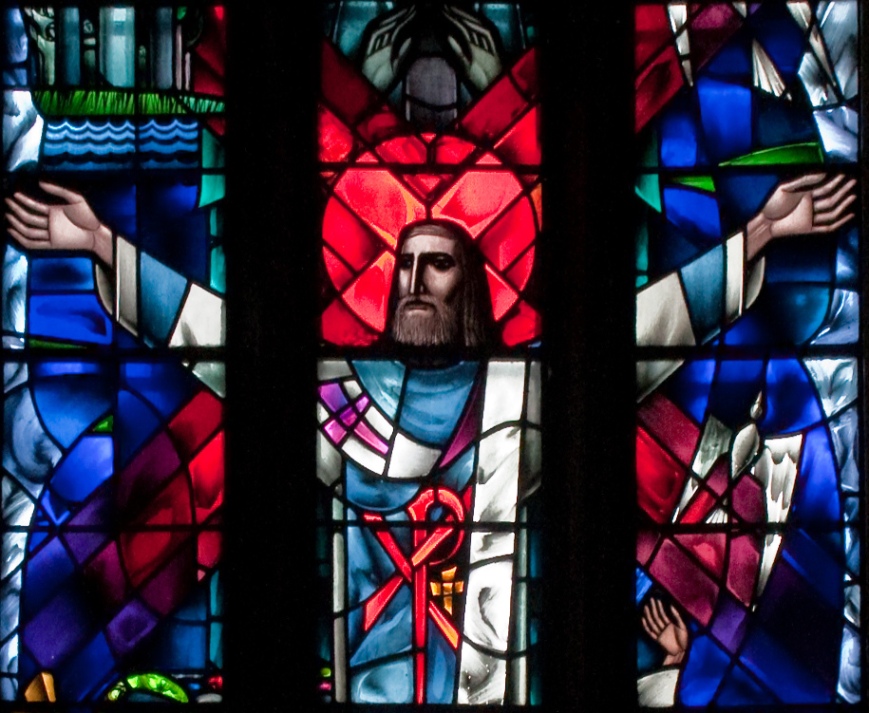
St. Patrick’s Window, Tuam Cathedral. Image: Andreas Borchert (CC BY-SA 2.0)
Introduction
If there’s one aspect of the Historical Patrick that really gets certain people agitated, its the academic issue of his ‘episcopal’ status. St. Patrick is not only a national icon, saintly superhero and patron saint – he is also a figure of much personal devotion. For many Irish people, he represents a very important tenant of the early reception of their faith and the very foundation of their national ecclesiastical identity. To this day, Irish church hierarchies still maintain that their religious authority and legitimacy stretches right back to his very personage. To question such a long and entrenched tradition naturally runs the risk of offending modern religious sensibilities. One doesn’t do so lightly.
Nevertheless, its remains important to. For several reasons.
Firstly, because we can. Not so very long ago, such an endevour would have been seen as utterly scandalous and I would probably have been denounced from an altar, hosed down with holy water and/or run out of the country, for even daring to.
Secondly, because we should. Academically separating the original historical Patrick from the later mythical ‘Saint’ Patrick serves to clarify the historical context and importance of both the man himself and the later literary culture, dynasties and ecclesiastical federations who championed and embellished his cult, whilst simultaneously preserving his actual writings. Ironically, their efforts now enable professional heretics such as myself the opportunity to work with such wonderful source material.
Thirdly, because we must. Over the next year or so, ahead of the papal visit in 2018, we will surely be treated to increased PR spin concerning the early history of Irish Christianity and Rome – from those who naturally have a vested interest in maintaining certain narratives. St. Patrick will have a starring role. Much of it will be badly written, poorly researched and historically inaccurate. Almost all of it will be a travesty of the Historical Patrick’s own words, theology, actions and experiences.
And so, for the day that’s in it, I thought I would take a forensic look at the evidence of the Historical Patrick’s own words concerning his own episcopal status.







